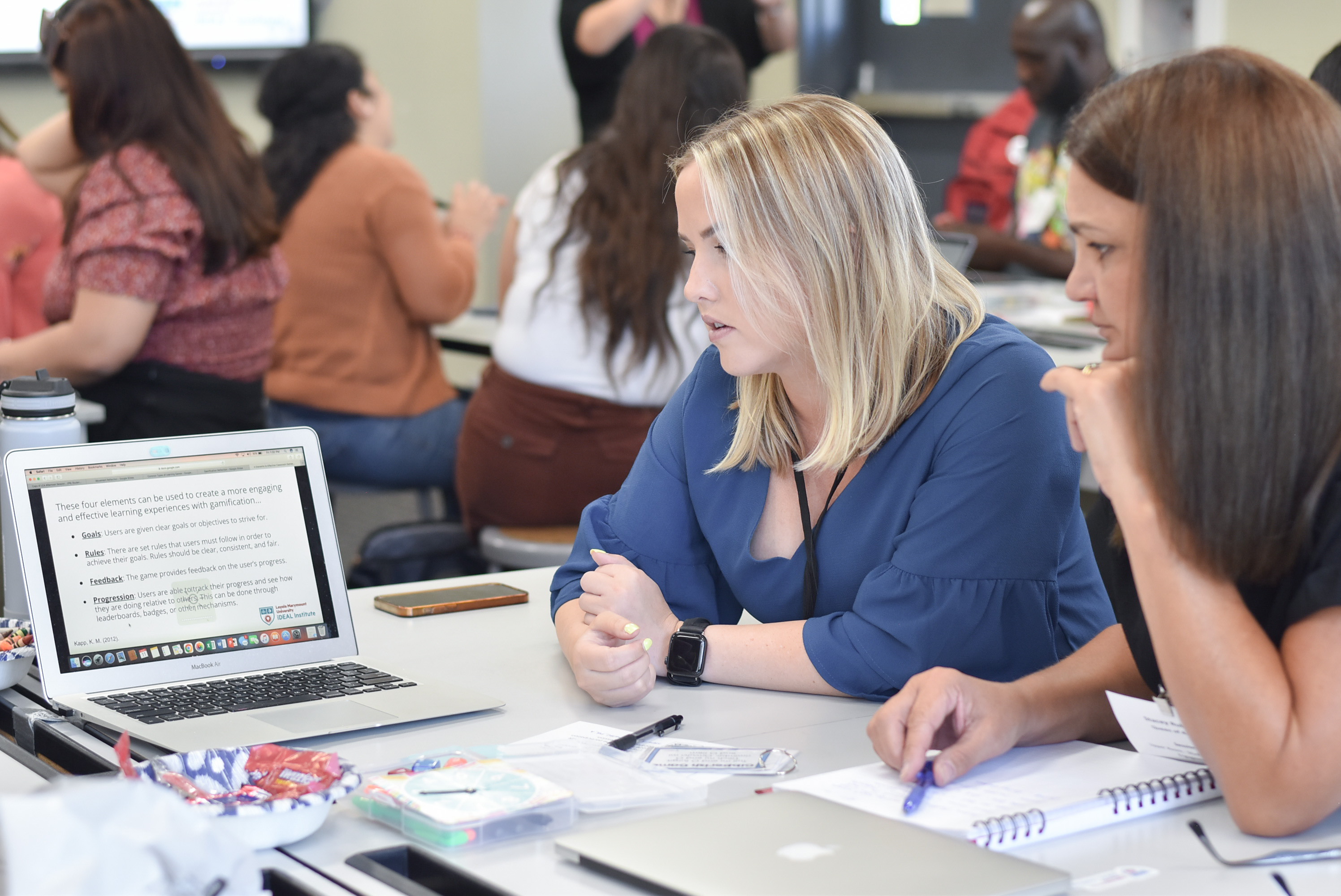
JAKARTA, inca.ac.id – Technology integration in university settings has revolutionized the way education is delivered and experienced. By leveraging advanced tools and platforms, universities can create dynamic learning environments that enhance student engagement, foster collaboration, and facilitate personalized learning. This article explores the transformative impact of technology integration in higher education, outlining strategies for effective implementation and the benefits it brings to both students and educators.
Understanding Technology Integration
Technology integration refers to the seamless incorporation of technology into the teaching and learning process. This can include a wide range of tools and platforms, such as:
- Learning Management Systems (LMS)
- Interactive multimedia resources
- Virtual and augmented reality
- Online collaboration tools
- Mobile applications
The goal of technology integration is to enhance the educational experience by making learning more interactive, accessible, and relevant to today’s digital world.
Benefits of Technology Integration in University Learning Environments
1. Enhanced Student Engagement
Technology integration fosters greater student engagement by providing interactive and immersive learning experiences. Tools like simulations, gamified learning, and multimedia resources capture students’ attention and encourage active participation.
2. Improved Access to Resources
With technology, students can access a wealth of information and resources anytime, anywhere. Online libraries, digital textbooks, and educational platforms enable students to conduct research and collaborate on projects without the constraints of physical location.
3. Personalized Learning Experiences
Technology allows for personalized learning pathways tailored to individual student needs. Adaptive learning platforms can analyze student performance and adjust content delivery accordingly, ensuring that each student receives the support they need to succeed.
4. Collaboration and Communication
Integrating technology facilitates collaboration among students and educators. Online discussion boards, group projects using collaborative tools, and video conferencing enable seamless communication and teamwork, regardless of geographical barriers.
5. Development of Digital Skills
As technology becomes increasingly prevalent in the workplace, integrating it into university curricula helps students develop essential digital skills. Familiarity with various tools and platforms prepares students for future careers and enhances their employability.
Strategies for Effective Technology Integration
1. Align Technology with Learning Objectives
Experience
To maximize the impact of technology integration, it is essential to align technological tools with specific learning objectives.
Steps Involved
- Identify Learning Goals: Determine the key competencies and skills students should acquire.
- Select Appropriate Tools: Choose technology that supports these goals, ensuring it enhances rather than detracts from the learning experience.
2. Provide Professional Development for Educators
Experience
Educators must be equipped with the knowledge and skills to effectively integrate technology into their teaching.
Steps Involved
- Offer Training Workshops: Provide ongoing professional development opportunities focused on technology integration strategies and best practices.
- Encourage Peer Collaboration: Foster a culture of sharing among faculty, allowing educators to learn from one another’s experiences and successes.
3. Foster a Supportive Infrastructure
Experience
A robust technological infrastructure is crucial for successful integration.
Steps Involved
- Ensure Reliable Access: Provide students and faculty with reliable internet access and necessary hardware.
- Maintain Technical Support: Establish a dedicated support team to assist with technical issues and ensure that technology is functioning optimally.
4. Encourage Student Feedback
Experience
Gathering feedback from students can provide valuable insights into the effectiveness of technology integration.
Steps Involved
- Conduct Surveys and Focus Groups: Regularly solicit student feedback regarding their experiences with technology in the classroom.
- Adjust Based on Input: Use this feedback to make informed decisions about technology use and to improve the overall learning experience.
5. Promote Digital Citizenship
Experience
As students engage with technology, it is essential to instill a sense of digital citizenship.
Steps Involved
- Teach Responsible Use: Educate students about ethical online behavior, including issues related to plagiarism, privacy, and respectful communication.
- Encourage Critical Thinking: Foster critical thinking skills by teaching students to evaluate online sources and discern credible information.
Challenges of Technology Integration
While technology integration offers numerous benefits, it also presents challenges that universities must address:
1. Resistance to Change
Some educators may be hesitant to adopt new technologies due to comfort with traditional teaching methods. Overcoming this resistance requires ongoing support and training.
2. Resource Limitations
Budget constraints may limit access to the latest technology and resources. Universities must prioritize investments in technology that align with their strategic goals.
3. Ensuring Equity
Not all students have equal access to technology outside of the classroom. Universities must consider equity in technology access to ensure that all students can benefit from integrated learning environments.
Conclusion
Technology integration is transforming learning environments in universities, creating opportunities for enhanced engagement, personalized learning, and collaboration. By aligning technology with educational goals, providing professional development for educators, and fostering a supportive infrastructure, universities can effectively implement technology integration strategies that maximize impact.
As higher education continues to evolve in the digital age, embracing technology integration will be essential for preparing students for success in their academic and professional lives. By harnessing the power of technology, universities can create dynamic learning environments that inspire innovation, foster critical thinking, and equip students with the skills they need to thrive in a rapidly changing world.
Improve Your Abilities: Explore Our content on Knowledge
Take a Look at Our Latest Article on Mathematical Concepts!
#digital classroom #EdTech #Smart Learning #Technology Integration #Transforming Learning Environments #university experience #University Tech
Related Posts
 Lecturers: Expert Educators Delivering Academic Instruction and Guidance – Why Their Role is More Than You Think
Lecturers: Expert Educators Delivering Academic Instruction and Guidance – Why Their Role is More Than You Think
 Pendidikan Moral: Fondasi Karakter dan Etika Generasi Masa Depan
Pendidikan Moral: Fondasi Karakter dan Etika Generasi Masa Depan
 Praktik Lapangan — Pilar Pembelajaran Konkret dan Terarah!
Praktik Lapangan — Pilar Pembelajaran Konkret dan Terarah!
 Krisis Kepercayaan Publik tantangan sosial di era modern
Krisis Kepercayaan Publik tantangan sosial di era modern




